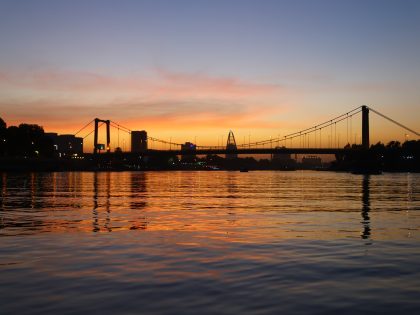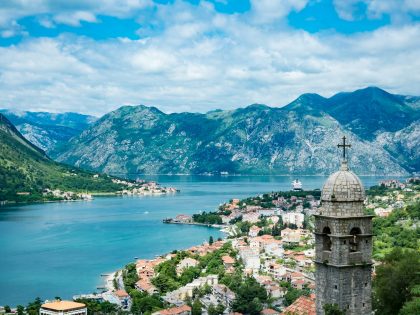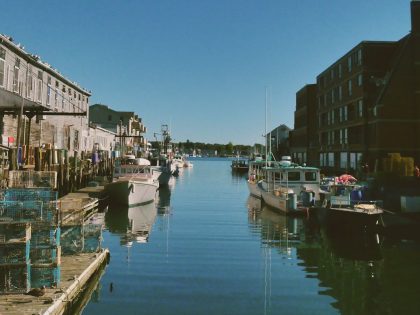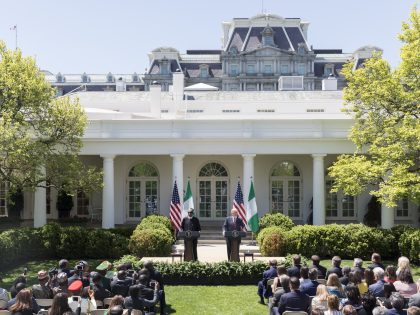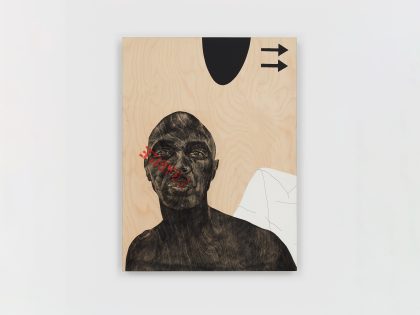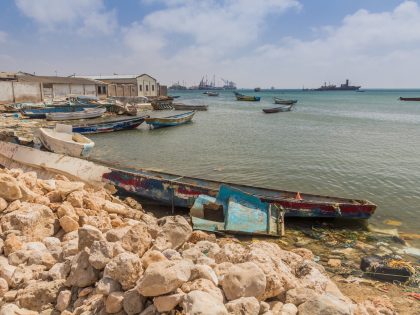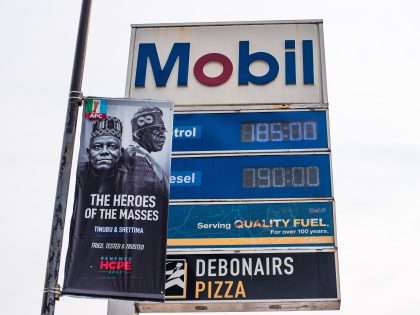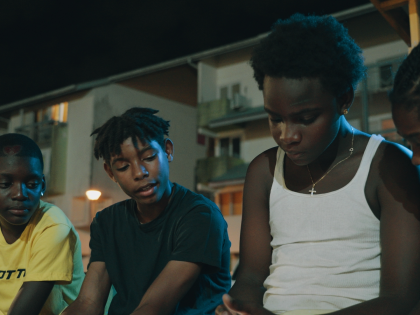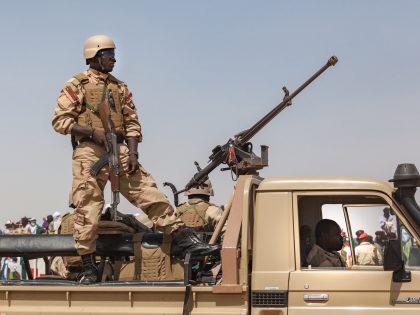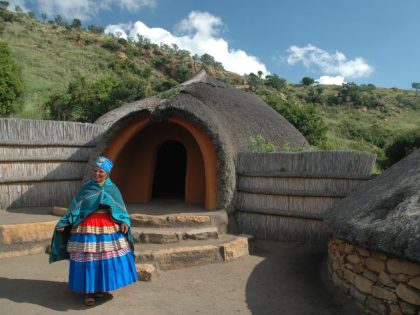Cabinda is a Conflict Zone

Think tanks love to paint maps, often accompanied by short descriptions of the different crises a country is facing — short, broad strokes for clarity’s sake. Except, of course, that these different shades of blue obscure realities that, in typical jargon, are defined as ‘non-violent’ crises. The map above shows where in Sub-Saharan Africa violent conflicts happened in 2011. Thus, for example, the xenophobic attacks against foreigners in South Africa will appear on the map but the country’s crisis of deep-rooted poverty will not.
What caught my eye on this map though was the little blue dot west of the DRC: it made me read up on Cabinda, the Angolan enclave, which seems to have dropped off the international press’s radar again since the deadly ambush on the Togolese football team there in 2010. Searching the websites of the BBC, the NYT and The Guardian all returned the same result: each had one article in January 2011 asking whether Sudan’s split would herald a balkanization of Africa and bring independence to Somaliland, Western Sahara and…Cabinda. (Nothing on CNN or Al Jazeera nor in El País, Die Zeit, Jeune Afrique or Le Monde.) Which is surprising, considering the Heidelberg Institute for International Conflict Research report:



